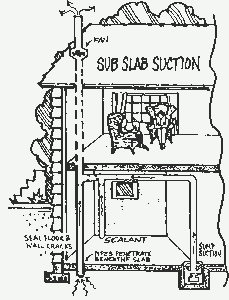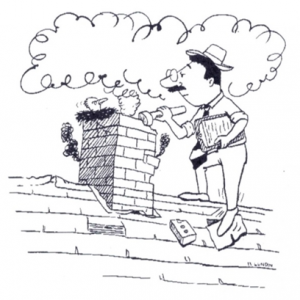What does “the home inspector represents the voice of the house” mean?
Typically, MN home inspectors are contracted to inspect the home for either a buyer or seller. This is usually recommended and arranged by their real estate agent. Often customers feel because they are paying for the inspector’s report that they can influence the content. Sadly, in a few cases, that is exactly what happens…but should it?
Good home inspectors are not influenced by the customer; they simply report accurately on the condition of the house at the time of the inspection. This is required by their national Standards of Practice, which is where the idea that “the home inspector represents the voice of the house” comes from. The home inspector must focus on the condition of the house at the time it is being inspected. Folding to the pressure of the customer or real estate agent and becoming their advocate is very tempting. Some home inspectors do fold to this pressure, believing that it will make them popular and that other customers will soon follow. The sad fact is that these inspectors soon leave the business because the real estate professionals, home buyers and sellers soon get to understand that their reports cannot be relied upon to accurately express the condition of the home. The inspector’s written report must be honest, accurate, and completely unbiased.
Accurate reporting on the condition of the house is both moral and vital!
Sellers need to know how the quality of the house, at time of sale, compares with other similar houses being sold in the same area so that they may set a realistic selling price. Buyers want to know exactly what is it that they are buying. All parties, being accurately informed, can accommodate cost and service issues within their buying/selling decision, providing they know fully what to expect.
Which inspector would you choose; the one who reports accurately and completely on the condition of the house or the one that tells a story that you would like to hear?
Doug Hastings
MN Home Inspector, Minneapolis & St. Paul
Kaplan University, Home Inspection Lead Instructor
Rob ‘Pops’ Leslie
Kaplan Professionals, Retired




